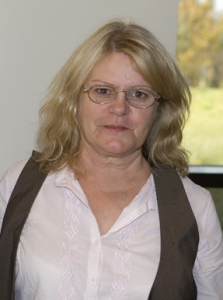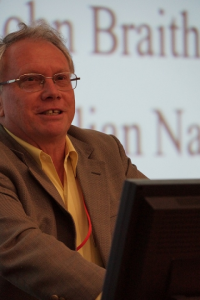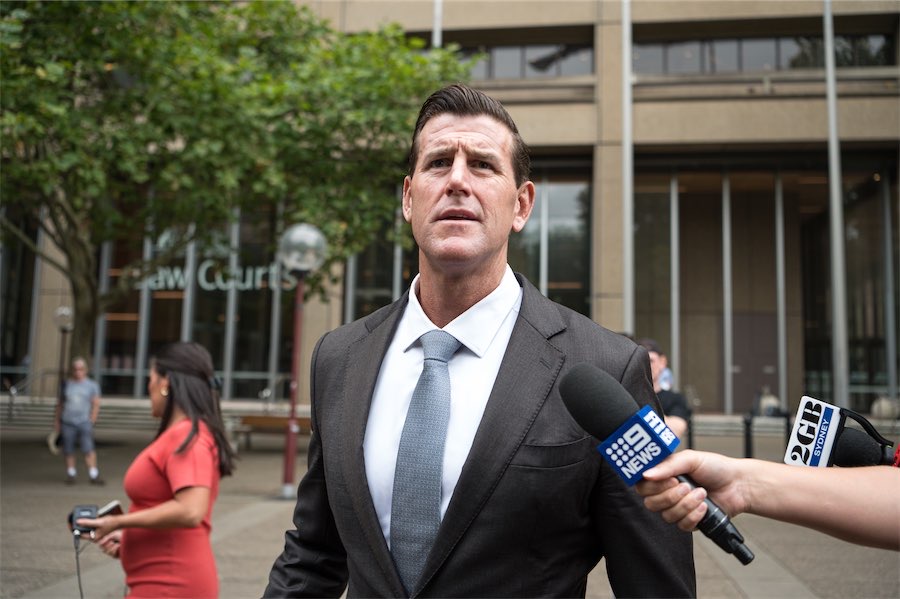
To keep us on the cutting edge of crime and punishment, the ACT got into restorative justice conferences (RJCs), based on the work of influential ANU criminologist Prof John Braithwaite, in the early ’90s and it’s been a pretty successful research-led policy.
Last October, our early adoption of RJCs was vindicated by an international study that combined data from the initial Canberra trial with several others that followed it overseas and found, on average, “a modest but highly cost-effective reduction in repeat offending, with substantial benefits for victims”.
A local survey reports strong satisfaction among participants in the first 1000 conferences, a milestone reached in January this year.
The first RJCs were simply another tool for police to dissuade juvenile crims from pursuing their more nefarious talents as a career, but in 2004, new legislation made them a standard part of the justice system for any young offender, and adults guilty of “less serious” crimes (excluding domestic violence and sex offences).
Tracey Blundell, one of the ACT’s most experienced RJC convenors, points out that court hearings for young offenders might only last five or 10 minutes and often don’t require them to speak, whereas in RJCs, “they don’t have anywhere to hide”.

“Victims obviously have lots of questions and sometimes they can’t move on until those questions are answered,” Blundell says. “Restorative justice is an opportunity to get those answers, so they can ask direct questions like: ‘Why me? Why my house? Was I targeted? Are you coming back?’”
Victims usually give the offender a way to make up for what they’ve done, too, perhaps by apologising, doing some work for the victim or the community, paying financial reparations, getting counselling or addressing substance abuse.
It’s voluntary, there’s no penalty for offenders refusing and the whole process is carefully managed so everyone understands it is a chance to go forward positively, not for revenge.
When restorative justice went mainstream 10 years ago its enabling legislation left the way open for a second phase when it would apply to any adult offences, including domestic violence and sex crimes, but Justice and Community Safety Minister Simon Corbell is yet to pull that trigger due to “resource constraints”.
If phase two of restorative justice does happen, it will probably be part of a justice reform package announced in May and costing $734,000 over two years, aimed at giving the ACT “a state of the art approach to dealing with criminal behaviour and reducing recidivism”, according to the Minister. The Assembly’s Standing Committee on Justice and Community Safety is also considering restorative justice within a sentencing review due to deliver findings on November 1.

Often this is illustrated by contrasting societies like ours – which are pretty good at making sure people are guilty before punishing them, but also cast out lots of people and publicly label them as criminals for long periods of time – with examples from the ancient world and various indigenous cultures including Australian Aborigines.
Restorative justice is a natural part of Aboriginal justice and in 2004, the Magistrates Court started running Aboriginal Circle Sentencing hearings with a panel of elders and other senior members of the indigenous community alongside a magistrate. CIT developed a short course to prepare panel members and in 2010 this “court within a court” was renamed Galambany.
“Galambany means ‘we, including you’, and it’s about empowerment of the individual and the community,” explains United Ngunnawal Elders Council co-chair Roslyn Brown. “It gives us back some independence, for elders especially, being able to care for the community and not just have people tried in an alien court has strengthened community.
“I think that the community’s very happy with it and it’s good for relationships between black and white Australia for the court system to be supporting that.”
In Brown’s explanation of Aboriginal justice, there are echoes of Braithwaite’s theory.
“I think that with culture, a word that isn’t spoken about much is the shame factor, and that works in any culture,” she says. “It’s said that the village gossip, hundreds of years ago in Europe, played a vital role in the village because of the shame factor and the boundaries you don’t want to cross,” she says.
“If you go into the non-indigenous court system as an Aboriginal, the [indigenous] community doesn’t always know what’s going on, but if you’re in the Circle, you’re in the community, and it’s a small community. Shame is a very powerful thing; it can be used wrongly but it can also be used for good.”
Who can be trusted?
In a world of spin and confusion, there’s never been a more important time to support independent journalism in Canberra.
If you trust our work online and want to enforce the power of independent voices, I invite you to make a small contribution.
Every dollar of support is invested back into our journalism to help keep citynews.com.au strong and free.
Thank you,
Ian Meikle, editor








Leave a Reply